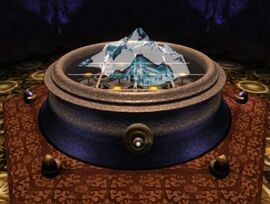I even remembered to take some pictures before I put it all together.
Scouring Aliexpress for LED panels for the new display, and it seems the higher resolution ones tend to be flexible. I spent a while investigating developable surfaces* to see how I could take advantage of this, but couldn't come up with a layout that offers any advantages over a flat square centred on the axis. Seems disappointingly pedestrian.
(*Twisting a sheet of paper in my hands)
I'm arranging it as two rectangular panels arranged with their bottom edges touching on the axis, which lets me update columns at the same radius simultaneously. The outer columns need to be updated more frequently than the inner columns, and one of the nice things about these LED panels is that you choose your own update strategy - you're not stuck with scanning a whole frame each time.
If the lines were completely independent, you could evenly scan a sector with half the number of line updates compared to updating the whole frame. As it is, each line has to be updated in parallel with one that's half a panel further down, so it ends up taking 3/4 of the line updates instead (because some updates have to update the outer line while scanning out black to the inner line).
Display 1 currently serving as convenient rotating testbed.
The thing about voxels is that even when they’re not working, they look cool.
New display, new panels. I'm driving these ones using DPI on a Raspberry Pi, which is a handy way of wiggling 24 GPIO lines with precise timing and no CPU involvement.
The results I was getting with the new display were so much better than the original that I went back for another pass at it. Turns out there were a couple of stupid bugs limiting the refresh rate. The colour depth is now vastly improved.
This is still using software bit banging. I'm going to switch it to using DPI, but the current interface board wasn't designed with that in mind, and the GPIO mapping doesn't put all 3 displays on valid DPI pins.
If you squizz your eyes at this, you can see the 3D.
If you have difficulty converging it, it helps to make the image really small and gradually enlarge it once your eyes have locked on.
I had the opportunity to give some live demos of this thing recently. It went over well, but the noise was a real killer.
I've reworked it to use a belt drive instead of the horrible 3D printed gear - before, it screamed; now it whirrs.
The new platform now has enough bits to display an image while spinning.
I massively overestimated how much lead would be needed to counterbalance the small amount of slightly off-axis electronics.
Slowly turning up the dial at arm’s length.
It would be convenient to address the voxel data as a stack of horizontal slices, because that's how it's exported from lots of existing tools. I have to rotate it 90 degrees though, because scanning out is faster if each column's data can be addressed as consecutive bytes.
It's a small change, but there's a 6.5x difference in speed between the two orientations, which directly translates into voxel density in the final output.
I really need to get a hobby where missing my framerate target doesn't make me physically nauseous.
I am having so much fun with this thing.
I've implemented parts of a content pipeline for rendering a scene on the PC and streaming it to this display, but writing video streaming code is so much less fun than playing with voxels that it may take a while to finish.
Here, I've stored the animation uncompressed on the display itself, and am updating it as fast as the Pi's SD card can handle. (Not very fast.)
My target for this display is 600 rpm - lower than that and it's too flickery; higher than that and I can't refresh fast enough to get 400 voxels around the circumference without dropping to 1 bpc. I'm nudging 400 rpm here, and it's still pretty unfilmable and absolutely terrifying to be close to. I have to decide whether the overall approach is worthwhile enough to start spending money on aluminium and polycarbonate.
Slightly higher rpm, slightly longer shutter.
The other problem I have is that to sell the 3D effect I need to move the camera around a lot, so I'm going to have to put some effort into building a studio backdrop.
Incidentally, those models are from Cheello's voxel Doom:
https://www.moddb.com/mods/doom-voxel-project/addons/voxel-doom - It's a lovely mod, and makes Doom feel more like my memories of playing it than the real thing does.

Voxel Doom v. 1.0 addon
Voxel Doom is an ambitious new graphics mod that replaces all monsters, weapons, props and items with fully 3d voxel models. It currently replaces all monsters from Doom 1. Doom 2 monsters will be completed in the very near future.
I had a panel left over, and I thought I should have another stab at an oscillating display. I wanted to give it an undulating motion and came up with what seemed like a nice linkage, but the end result looks like it was designed by Trevithick.
It's a nice fluid motion on the panel, but overall it doesn't bring me joy.
Shiny! (Maybe too shiny. )
Guess I’m doing a cone next.
There must be at least 6D here.
I rewired the back of the panel to tidy up all the loose flappy cables. It now manages 600 rpm, which is not too flickery.
I mean, you should have seen it before.
In the continuing quest for higher rpm, I've moved the controller down below the screen and across the axis of rotation. It's a lot harder to get at if I need to rewire anything, but it does improve the balance.
It feels as though I'm endlessly rebuilding it, for diminishing improvements. But in the most recent rebuild I finally solved a mystery that has been bugging me. When the display had been running for a while, it would quite abruptly lose balance and start vibrating. After the last occurrence, it was never quite the same. On stripping it down I found this.
That's the mount for the slip ring. A cylinder carrying a couple of copper bands fits over the pillar, and an M4 bolt goes own the middle to hold it all together. It has very clearly become bent, and without any signs of cracking. Presumably, as it spins, it heats up enough to soften the PLA, and the spring loaded brushes push it out of alignment.
I've reprinted it in ABS; going to see how well that lasts.
I continue to fail to shoot footage of it that does it justice.
This feels like a good match of style and content.
I’m now suspicious of all the PLA parts. The little pit with the Pi in it is getting very warm.
kind of feels like it needs monsters?


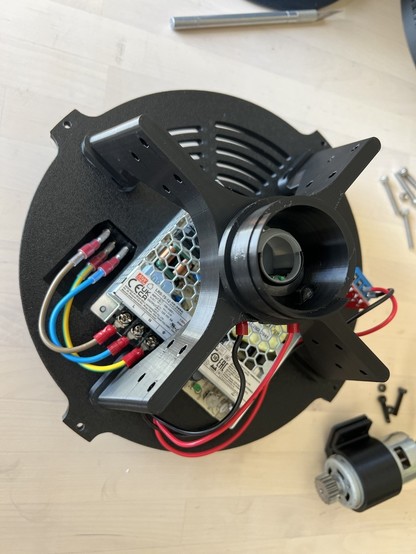
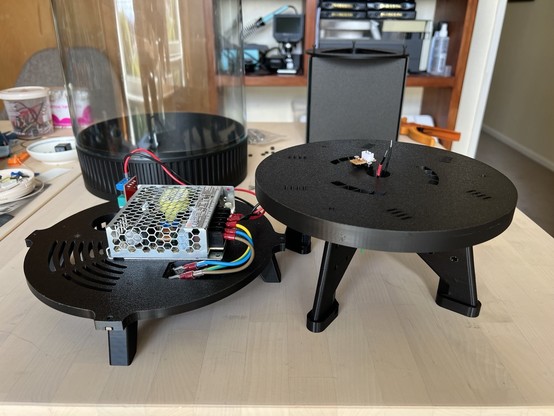
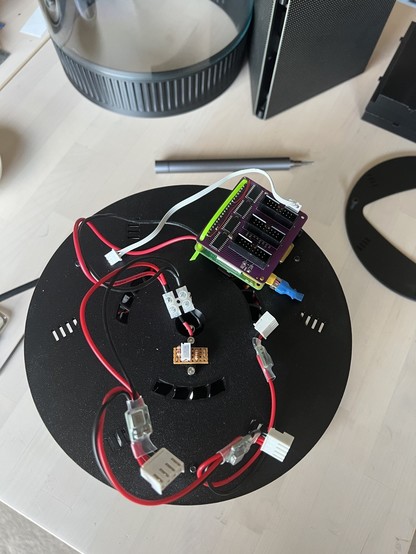
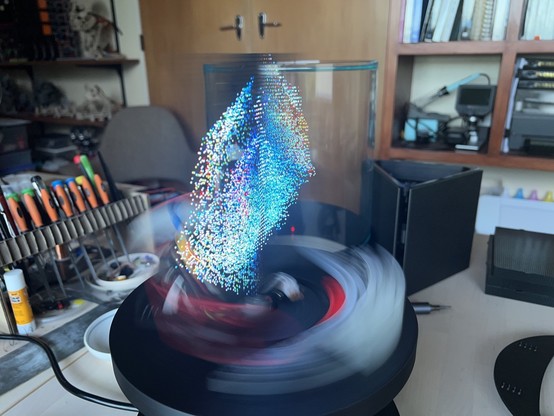
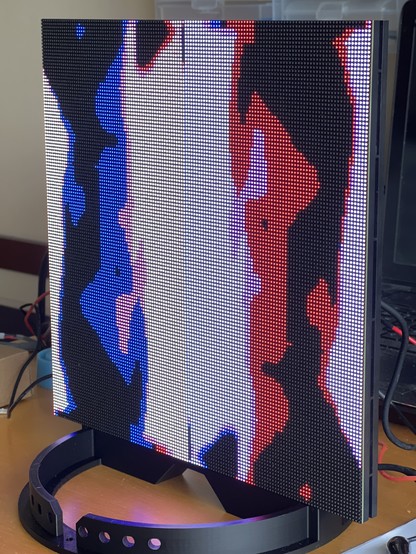


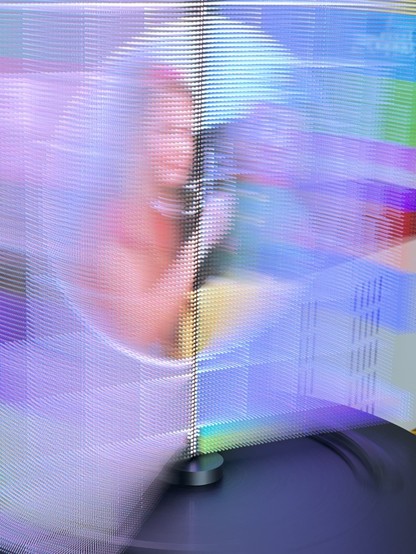
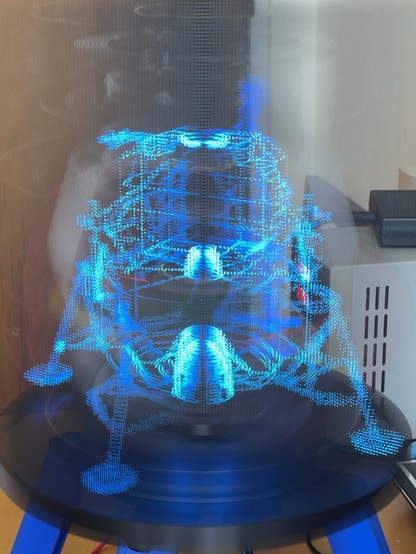

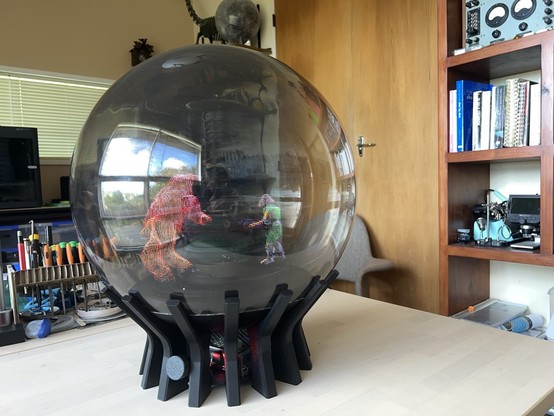

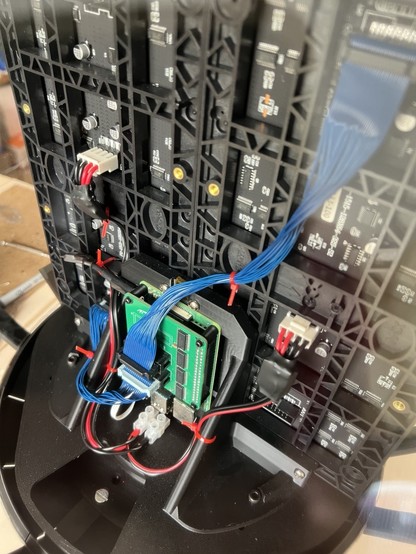


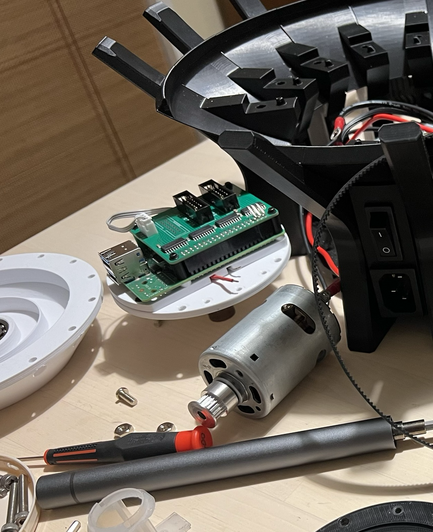
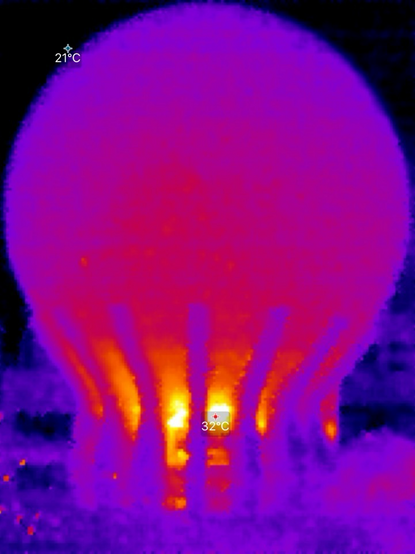
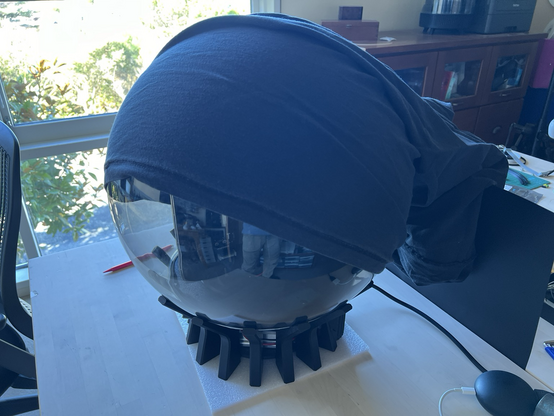
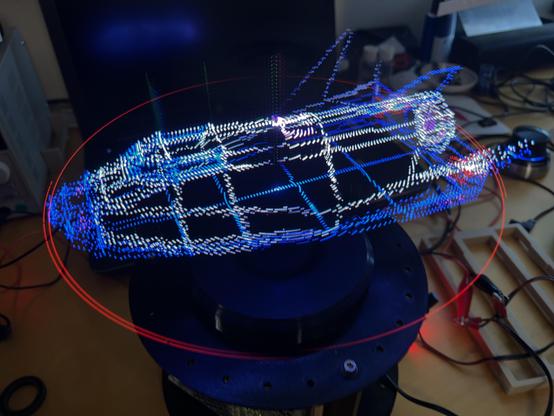


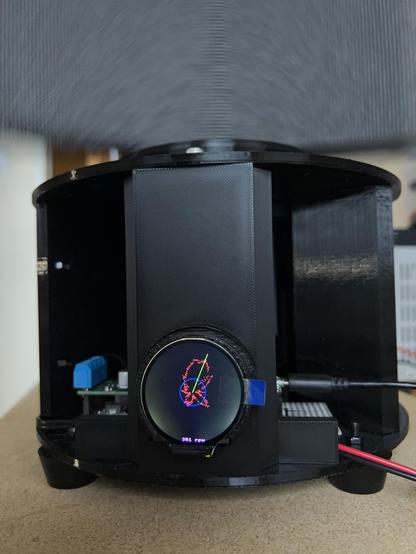
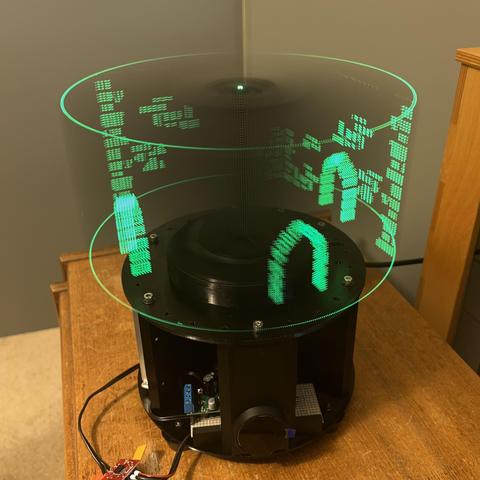
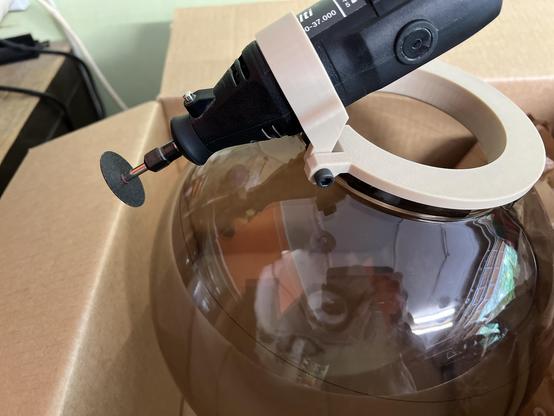
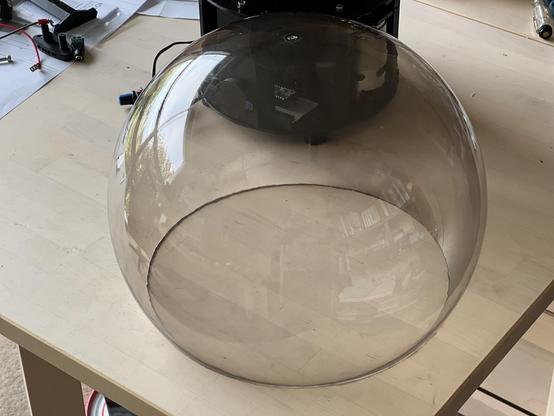
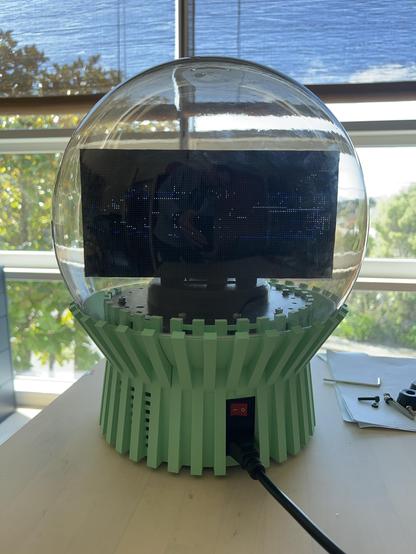
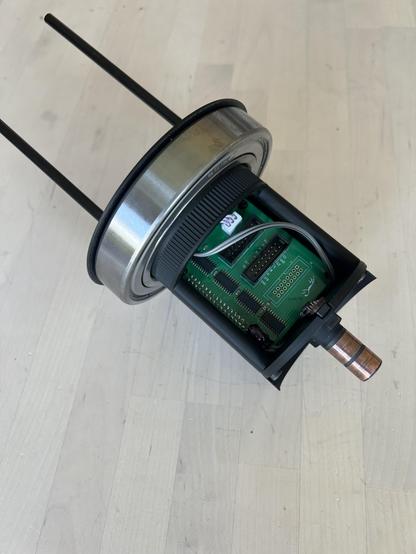

 Stellar 🇫🇷 (
Stellar 🇫🇷 ( era)
era)


